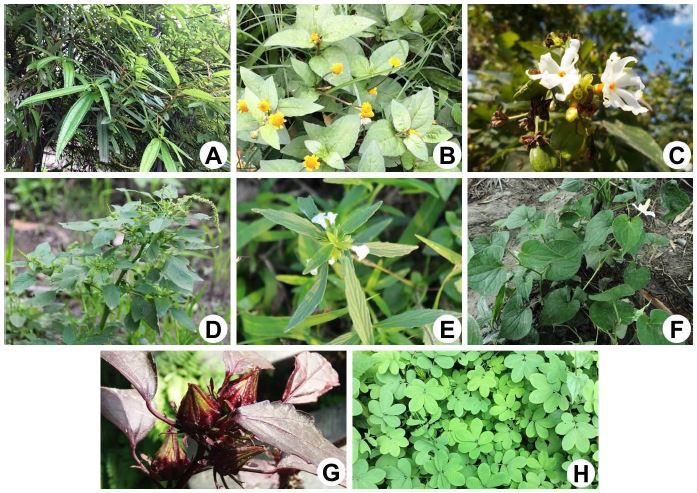Tropical Plant Research
An International Journal by Society for Tropical Plant Research
2016, VOLUME 3 ISSUE 1Pages: 221-223
Wild food plants of Mishing tribe- An ethnobotanical survey
Gitamani Dutta*, Gautam Baruah and Ashalata Devi
Abstract:
The wild edible plants are important in the livelihood strategies of tribal people. The value of wild edible vegetables in food security has not been given sufficient attention in India (Reddy et al. 2007). Mishing is a tribal community belonged to Mongoloid group – a multitude of people that followed Austro-Asiatic races to India (Singh et al. 1996). Mishing or Miri tribe inhabiting the districts of Dhemaji, North Lakhimpur, Sonitpur, Tinsukia, Dibrugarh, Sibsagar, Jorhat and Golaghat of Assam, Northeast India. The Mishings are known to use a good number of wild plants as traditional food and they are also known to be highly passionate for cooking traditionally unique food items (Barua et al. 2007). The present study highlights some of the important wild food plants of Mishing tribe of Assam.
The wild edible plants are important in the livelihood strategies of tribal people. The value of wild edible vegetables in food security has not been given sufficient attention in India (Reddy et al. 2007). Mishing is a tribal community belonged to Mongoloid group – a multitude of people that followed Austro-Asiatic races to India (Singh et al. 1996). Mishing or Miri tribe inhabiting the districts of Dhemaji, North Lakhimpur, Sonitpur, Tinsukia, Dibrugarh, Sibsagar, Jorhat and Golaghat of Assam, Northeast India. The Mishings are known to use a good number of wild plants as traditional food and they are also known to be highly passionate for cooking traditionally unique food items (Barua et al. 2007). The present study highlights some of the important wild food plants of Mishing tribe of Assam.

Fig.: Some ethnobotanically used food plants: A, Sarcochlamys pulcherrima; B, Spilanthes paniculata; C, Nycthanthus arbor-tristis; D, Amaranthus spinosus; E, Leucas aspera; F, Houttuynia cordata; G, Hibiscus subdarifa; H, Cassia tora.
| 0 | 1 | 2 | 5 | 9 | 8 | 9 | 9 |


